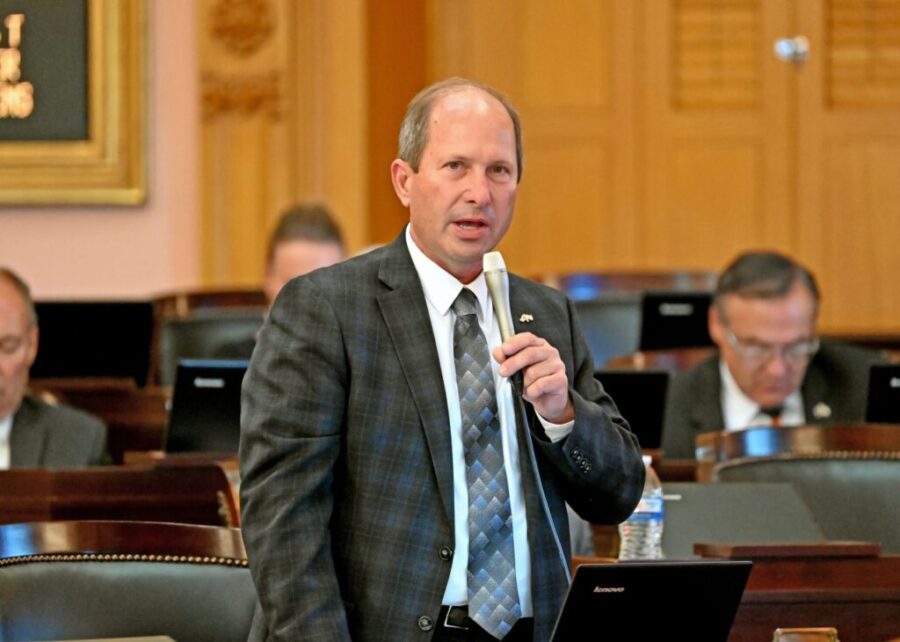 Proposed legislation would allow utility companies to temporarily limit the amount of customers’ energy usage during peak demand times.
Proposed legislation would allow utility companies to temporarily limit the amount of customers’ energy usage during peak demand times.
Rep. Roy Klopfenstein, R-Haviland, introduced House Bill 427 late last month. The measure, which has not yet been assigned to a committee, creates a “voluntary demand response program.”
Under the program, customers could opt to allow utilities to “temporarily adjust energy usage” during periods of high demand. Actions could include “raising thermostat settings or cycling water heaters.”
As proposed, customers could override any changes, and utilities could compensate customers either annually or per event. The Public Utilities Commission of Ohio would review the programs to ensure they are cost-effective for customers.
“This legislation is a crucial step in our state’s comprehensive plan to ensure all Ohioans have access to reliable, affordable, and readily available energy,” Klopfenstein said in a release.
“Demand response programs have proven to be a vital tool for our large commercial users, and it’s important that similar programs are made available to residential and small commercial users,” Klopfenstein added. “These programs will ease the strain on our energy grid and save money for all Ohioans.”
Modernizing the Grid?
The legislation is touted as a way to modernize Ohio’s energy regulations and improve the electric grid’s reliability while also helping homeowners and small businesses save money.
If approved, PUCO would evaluate the success of the utility demand response programs within three years. It would offer state lawmakers recommendations on modifications to improve the program.
Grid reliability has been a hot topic this summer as temperatures in the Buckeye State sweltered.
In June, PJM Interconnection, a regional transmission organization serving Ohio and a dozen other states, sent a Maximum Generation Emergency Alert, asking power generators to be prepared to operate at maximum capacity. At the time, energy demand was predicted to surpass the grid operator’s original estimate for the summer, and it could reach a point where it could pay customers to reduce their energy usage.
A Chilly Reception
The proposal met an unenthusiastic reception online.
“They already have this in CA,” one commenter posted. “Monopolistic utilities with cyclical corruption colluding with government essentially makes them government entities… It’s ‘opt in’ for now. My smart thermostat has a lot of nice features, but I mostly leave the Wi-Fi off.”
“Well to be fair, it is a voluntary program,” another posted. “And you’d have to have a smart thermostat so [I] don’t think this is happening in a big way anytime soon.”
via Ohio.news






Recent Comments